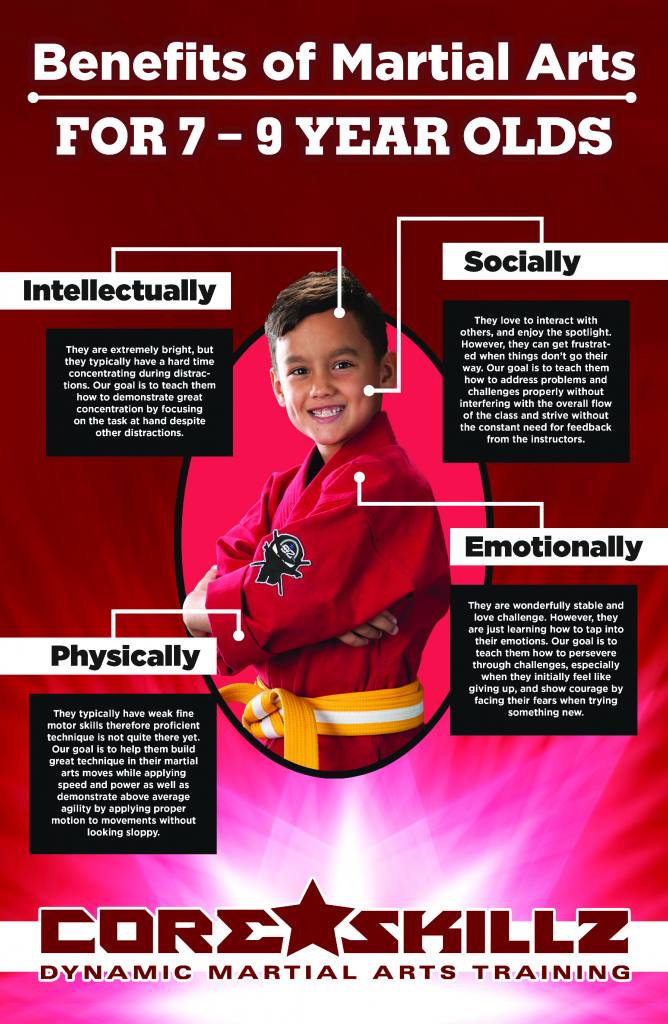Checking Out The Rich Heritage And Spiritual Measurement Of Fighting Style: A Detailed Assessment
Checking Out The Rich Heritage And Spiritual Measurement Of Fighting Style: A Detailed Assessment
Blog Article
Content Writer-Gentry Montoya
Enter the ancient world where martial arts were substantiated of necessity in varied areas. Societies crafted one-of-a-kind fighting designs intertwined with historical contexts. Techniques advanced over centuries via devoted technique and cultural exchanges. Today, modern martial arts blend traditional aspects for maximum effectiveness. Philosophically, martial arts emphasize self-control, self-improvement, and harmony. Respect, humbleness, and equilibrium are fundamental principles guiding practitioners in the direction of development and durability. Check out the depths of this abundant background and approach to reveal the profound influences shaping this enduring self-control.
Origins of Martial Arts
Fighting style came from numerous regions around the world, evolving as functional battle systems to prevent threats. satori martial arts combating designs were developed out of necessity, with each culture crafting methods suited to their special environments and obstacles. From the grappling arts of Jujutsu in Japan to the striking techniques of Kung Fu in China, martial arts were deeply intertwined with the historic, social, and social textile of their respective societies.
In Japan, the samurai course polished martial arts like Kenjutsu, the art of the sword, which later advanced into the a lot more promoted form of Kendo. On the other hand, in Brazil, Capoeira emerged as a mix of dancing and fight, produced by enslaved Africans as a means to stand up to oppression. Each martial art brings with it a rich history and approach, mirroring the worths and beliefs of the people that exercised them.
As you explore the origins of martial arts, you uncover a tapestry of human resourcefulness, resilience, and the unyielding spirit of warriors throughout time.
Development of Techniques
Through centuries of technique and refinement, fight techniques within different martial arts have actually undergone a profound advancement. From ancient designs like Kung Fu and Karate to a lot more modern-day self-controls such as Brazilian Jiu-Jitsu and Krav Maga, the advancement of methods has actually been driven by a combination of social influences, useful applications, and technical improvements.
One considerable aspect of this advancement is the cross-pollination of techniques in between various martial arts. For example, strategies from traditional Japanese Jiu-Jitsu were integrated right into the creation of Judo by Jigoro Kano in the late 19th century. This blending of designs has resulted in the advancement of hybrid martial arts like Mixed Martial Arts (MIXED MARTIAL ARTS), which integrate elements of striking, grappling, and submission strategies.
Furthermore, the evolution of methods has actually been shaped by the boosting emphasis on efficiency and effectiveness in combat. Experts have constantly looked for to fine-tune their methods with extensive training, testing, and competitors, causing the development of highly specialized and efficient battling designs. Overall, the development of strategies in martial arts mirrors the vibrant nature of combat and the ongoing mission for improvement and technology.
Philosophical Foundations
Discovering the underlying thoughtful principles of martial arts gives understanding right into their core worths and leading ideas. At can bullies be prosecuted of several martial arts disciplines is the idea of technique itself. By educating your mind and body to serve as one cohesive system, you grow self-control that prolongs past the dojo or health club into everyday life. This technique incorporates regard, humbleness, and self-constraint, forming not simply your physical capabilities however likewise your character.
An additional fundamental thoughtful structure in martial arts is the idea of continual self-improvement. The journey of grasping a fighting style is relentless, with professionals regularly aiming to better themselves, both physically and psychologically. This focus on growth cultivates strength, perseverance, and a growth state of mind that can be applied to all aspects of life.
Additionally, martial arts emphasize the value of harmony and balance. Strategies are designed to make use of a challenger's power versus them, highlighting the concept of yielding and rerouting force instead of fulfilling it head-on. This philosophy reaches social relationships, advertising serene resolutions and good understanding. By welcoming these thoughtful foundations, martial musicians not only improve their combat abilities yet also cultivate a way of life fixated personal development, respect, and harmony.
Verdict
In conclusion, the background and philosophy of martial arts offer a rich tapestry of custom, self-control, and self-improvement.
Consider instance the tale of Bruce Lee, who changed martial arts by blending various styles and ideologies to produce his own unique kind of Jeet Kune Do.
Through devotion and development, martial artists continue to push borders and inspire others to reach their complete potential both in battle and in life.
